Introduction
When you create a sustainable native garden, you discover the benefits of native plant gardening, from conserving water and providing habitat for local fauna to fostering a sense of place and identity.
Explore six essential tips for crafting a thriving native garden, including design considerations, resource conservation, and the importance of experimentation. Join the movement to protect Australia’s unique ecosystems and cultivate a greener, more sustainable future—one garden at a time.
Many of us are already taking steps to create a sustainable native garden! Some of us are:
- growing our own fruit and vegetables
- composting,
- planting indigenous plants
- introducing water
- conserving water.
Ecosystems under threat
But more needs to be done, as so many of Australia’s unique ecosystems are under threat. Many plants and animals are threatened or endangered. Land clearing, development, weeds, feral animals and climate change are all impacting the health of our natural environment.
So what is a sustainable garden or landscape?
Most definitions of sustainability revolve around three intersecting principles as shown below.
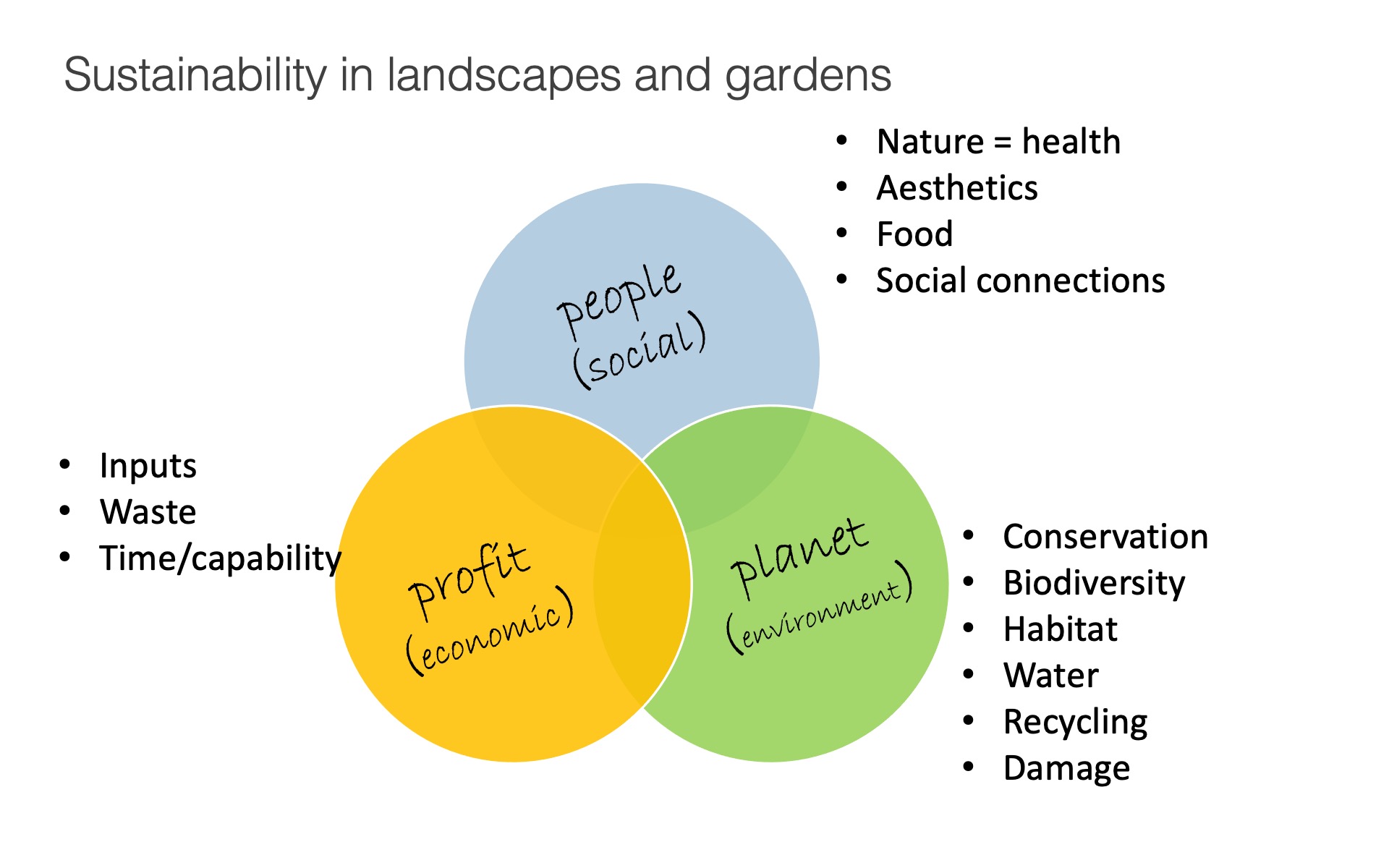
From a garden perspective, social means aesthetics, our connection with nature and health and food. The planet or environmental means conservation, biodiversity, recycling and avoiding damage to natural areas. The profit angle considers minimising inputs, reducing waste and managing time and capability.
A sustainable garden or landscape is one which:
- Suits local conditions
- Conserves water – mulch, efficient irrigation, watering only when necessary, grouping, microclimate, drought-hardy plants, water-recycling, no weedy plants.
- Provides habitat for local fauna at all levels including soil health
- Creates a sense of place, links to nature and aesthetics
- Avoids damage to natural communities eg topsoil, locally sourced mulches and materials, nothing collected from wild landscapes
- Contributes to the ‘green lungs’ – oxygen, ‘filtering’ pollutants
- Minimises energy inputs, e.g. petrol, chemicals and fertilisers, cleaning agents, stains, finishes, non-renewable energy
- Maximises vegetative biomass – carbon stabilisation
- Minimises disruption or pollution to other systems e.g. runoff, chemicals, pesticides harming beneficial organisms
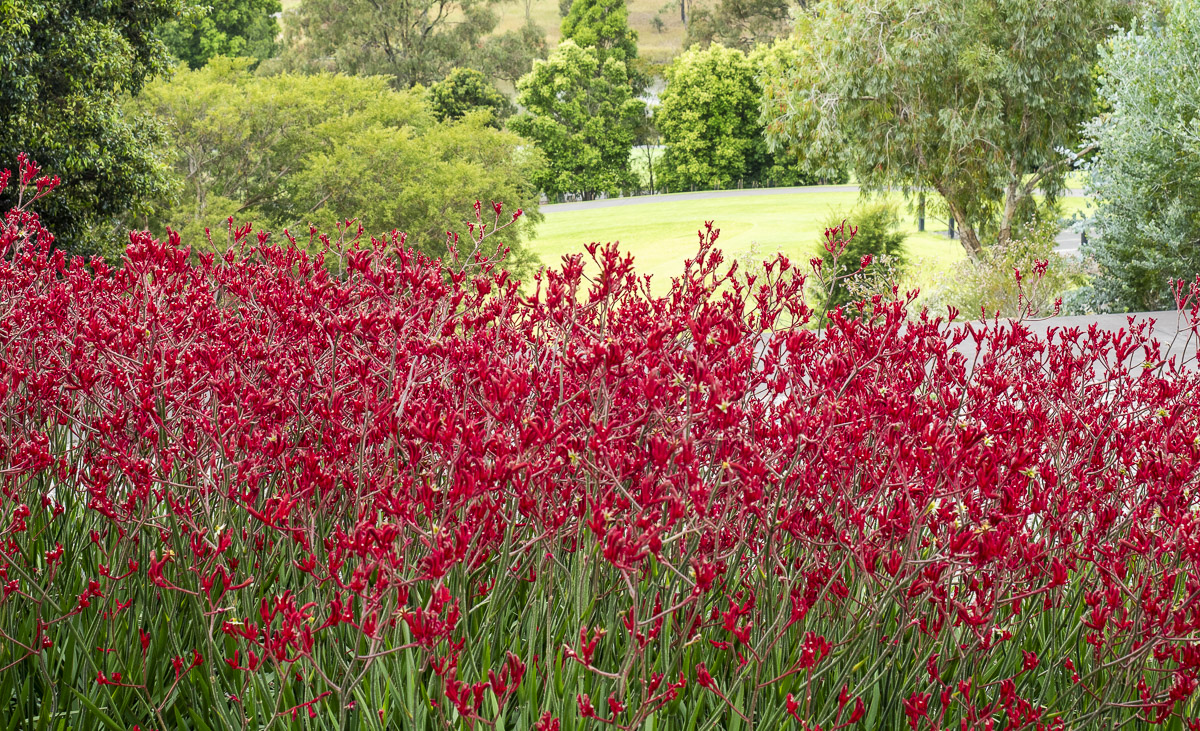

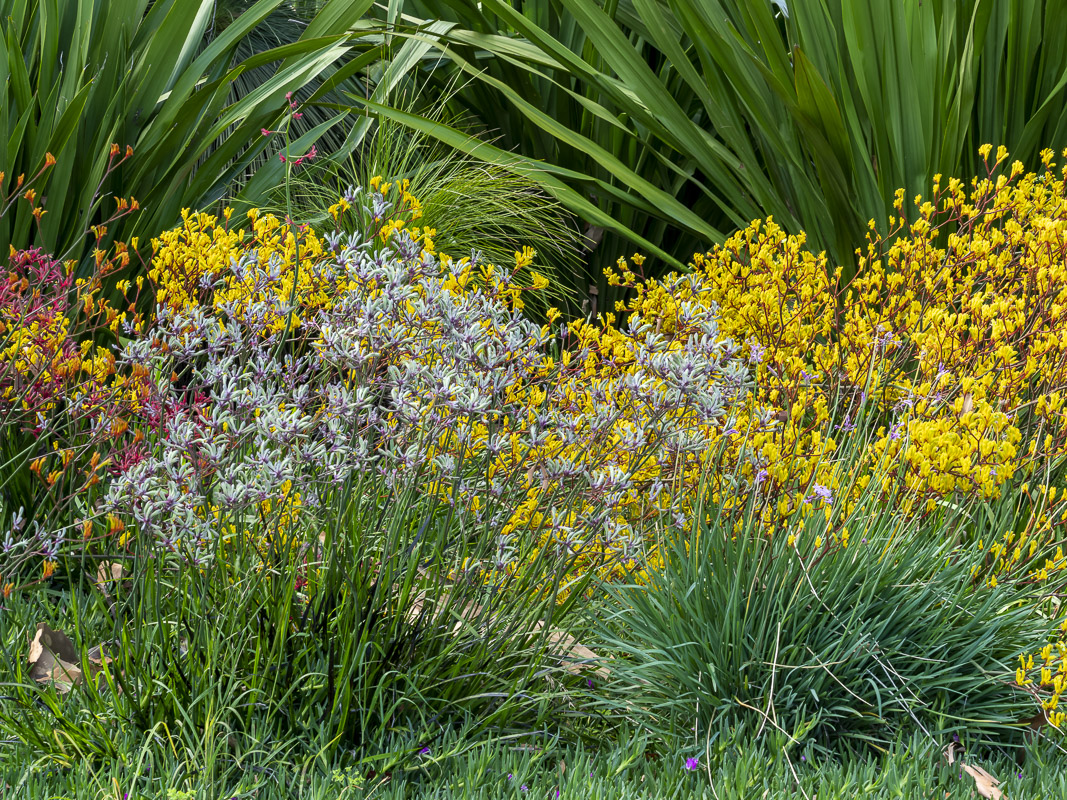
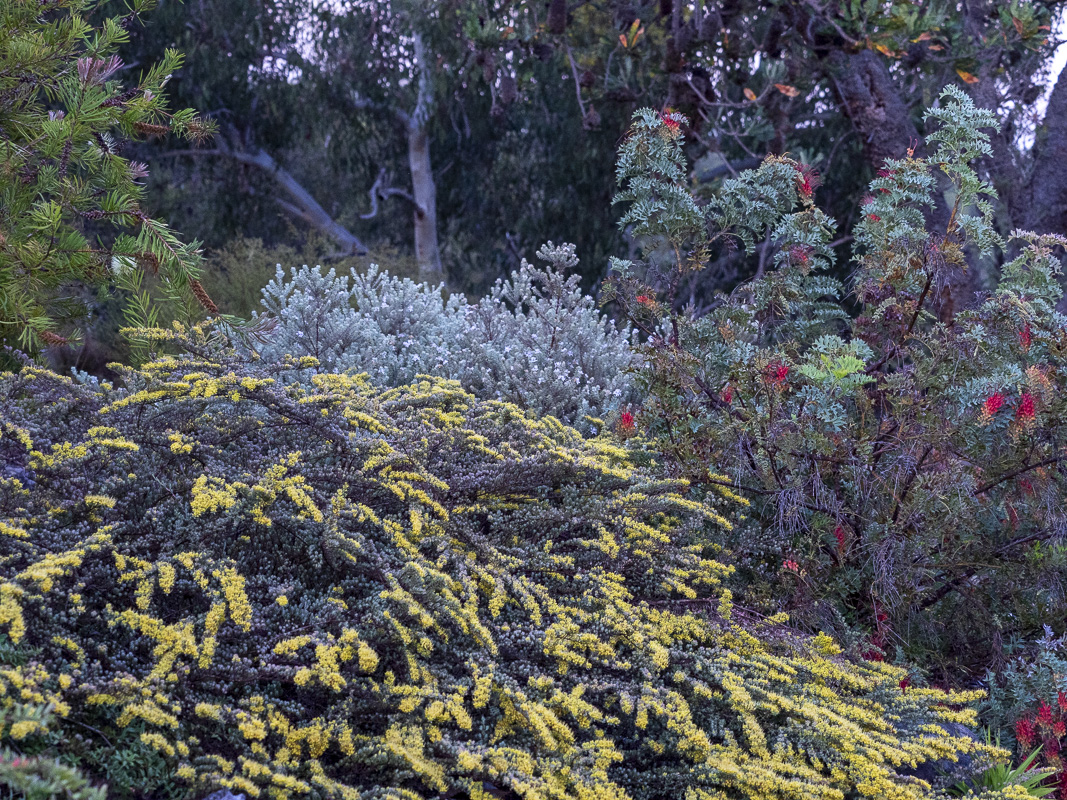
Benefits of native plants
Some people might argue that all these principles apply to non-native gardens as well. Yet native gardens have additional benefits:
- They have evolved to suit local conditions and climate variability, by surviving on low nutrients, having leaf and root structures. These enhance survival and adjust to water availability
- Planting natives benefits biodiversity and creates habitat for native fauna
- We have a responsibility to protect and conserve what is unique. Australia split off from Antarctica 85 million years ago and we have over 20,000 plants unique to Australia. See Tim Low’s article on Gondwana plants.
- Native plants generate a sense of place. Landscapes shape who we are as people. Having plants that aren’t found anywhere else in the world creates what designers call the ‘genius loci‘ – a sense of place or identity.
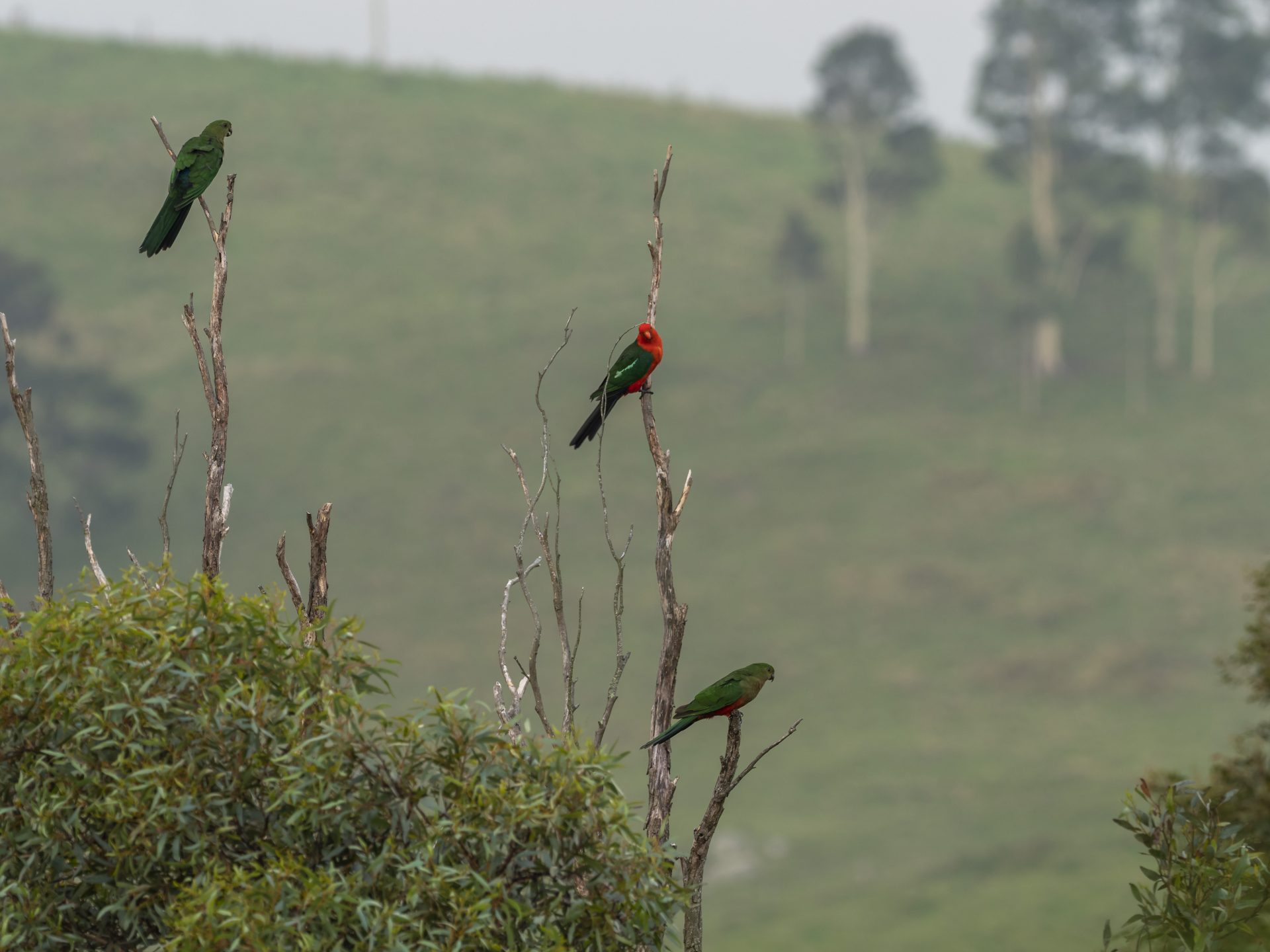

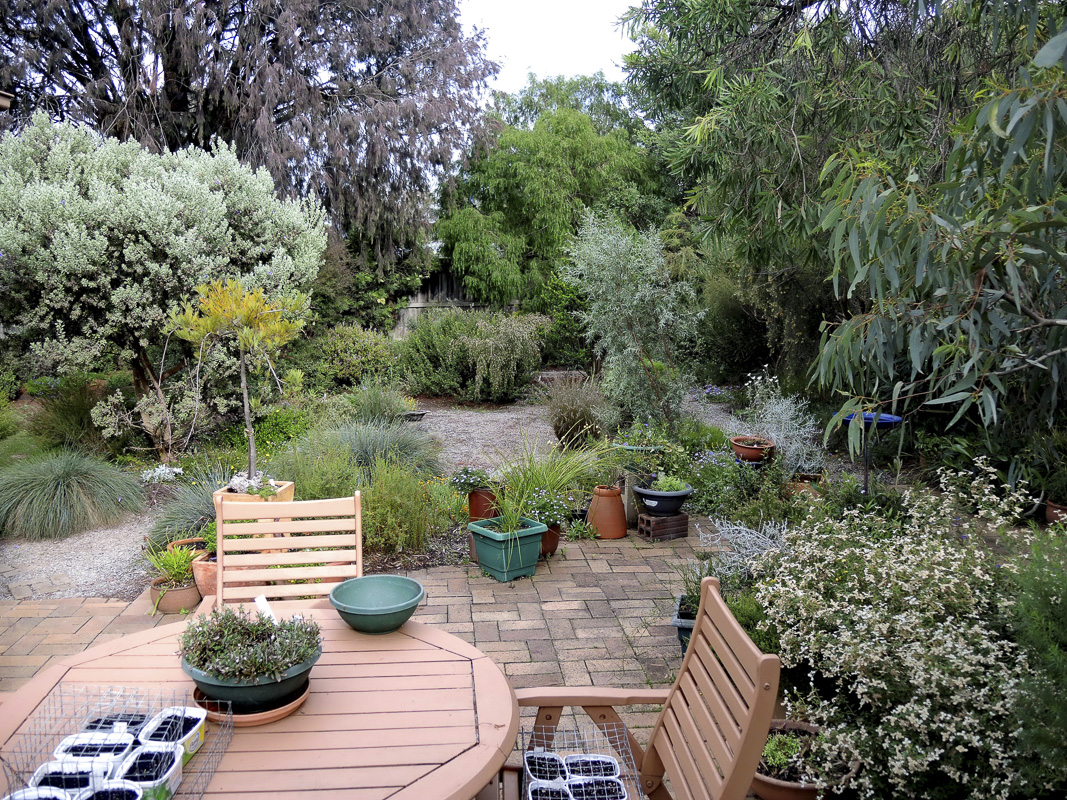
6 tips for sustainable native gardens
Here are 6 tips to create a sustainable native garden.
Tip 1: Set your design objectives for sustainabilty
What style do you want?
- Formal or informal?
- What activities do you want to do in your garden?
- What feeling do you want to engender in the garden?
- What colours do you like?
- What features will you incorporate?
For more advice, see our Planning and Design stories here.
There is also a wonderful excerpt from Diana Snape’s book on Designing with natives, here.
I set some goals for my garden in the Hunter Valley over 20 years ago:
- Create beautiful views from multiple windows to uplift spirits
- Create a walkabout garden full of fragrance, colour and texture to wander, sit and explore (for kids)
- Grow organic fruit and vegies
My requirements were:
- Use natives to create a haven for wildlife and link with landscape (and avoid any weedy species)
- Anchor the house in the landscape so it belongs
- Create privacy from road
- Maintain fire zone around house due to being in a fire prone area
Here are before and after shots. I started planting natives in about 2005, with a windbreak and fruit trees and then progressively planting out the garden.
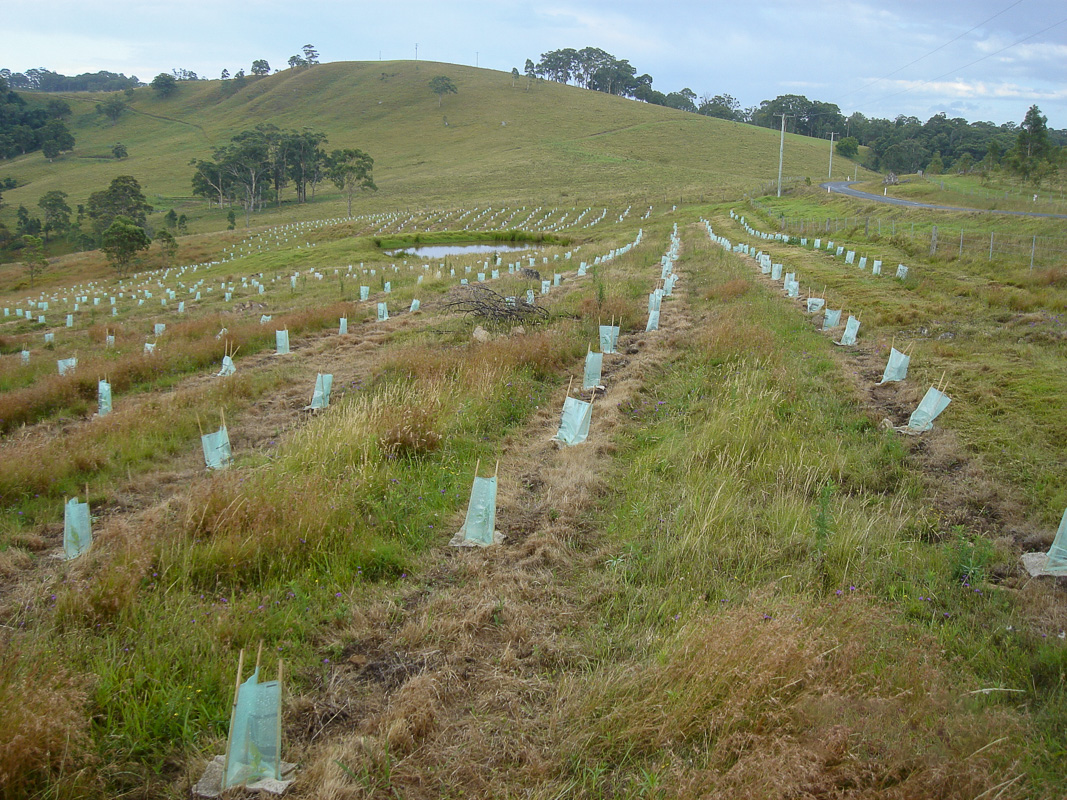
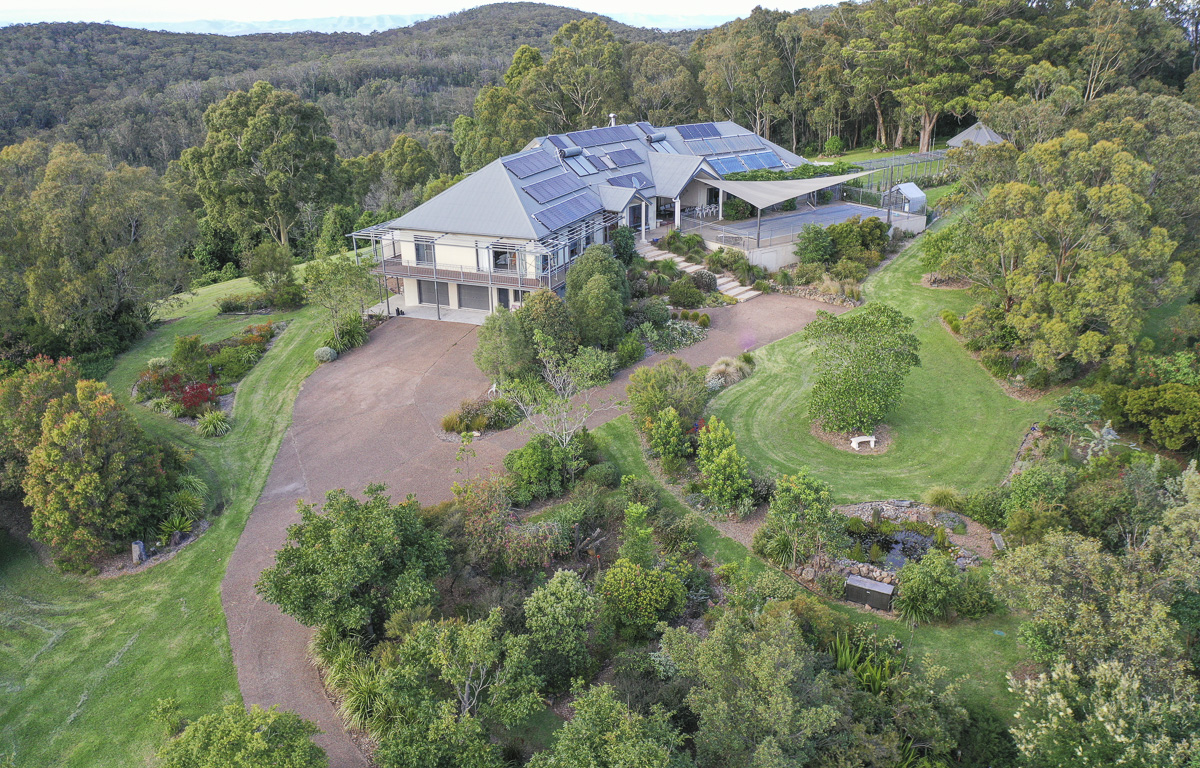
Tip 2: Design for the conditions
In planning any garden, it’s important to understand your climate, soil, sunlight, rainfall, the slope and drainage. Also consider views you want to keep or hide, and features you want to include. Below are a few examples of specific conditions that these native gardeners had to manage.

In Clarence Slockee’s rooftop garden, he had to contend with the weight of the soil, the wind and weeds.

In my garden, this area was heavy clay, and it tended to get boggy. But the Kangaroo Paws mass planted thrived in the damp conditions, along with some melaleucas.
Tip 3: Create food and habitat – critical for sustainability
With unprecedented clearing of bush and unconnected patches of bush across Australia, every time we plant a native garden we help preserve our native fauna and insects. For example, we might be tempted to tidy up and chop down dead trees. But these are perfect habitat spots for insects, birds and reptiles.
Planting many different plants (rather than all one species) creates complexity of shapes, forms, flowers – all of which maximises biomass and resilience.
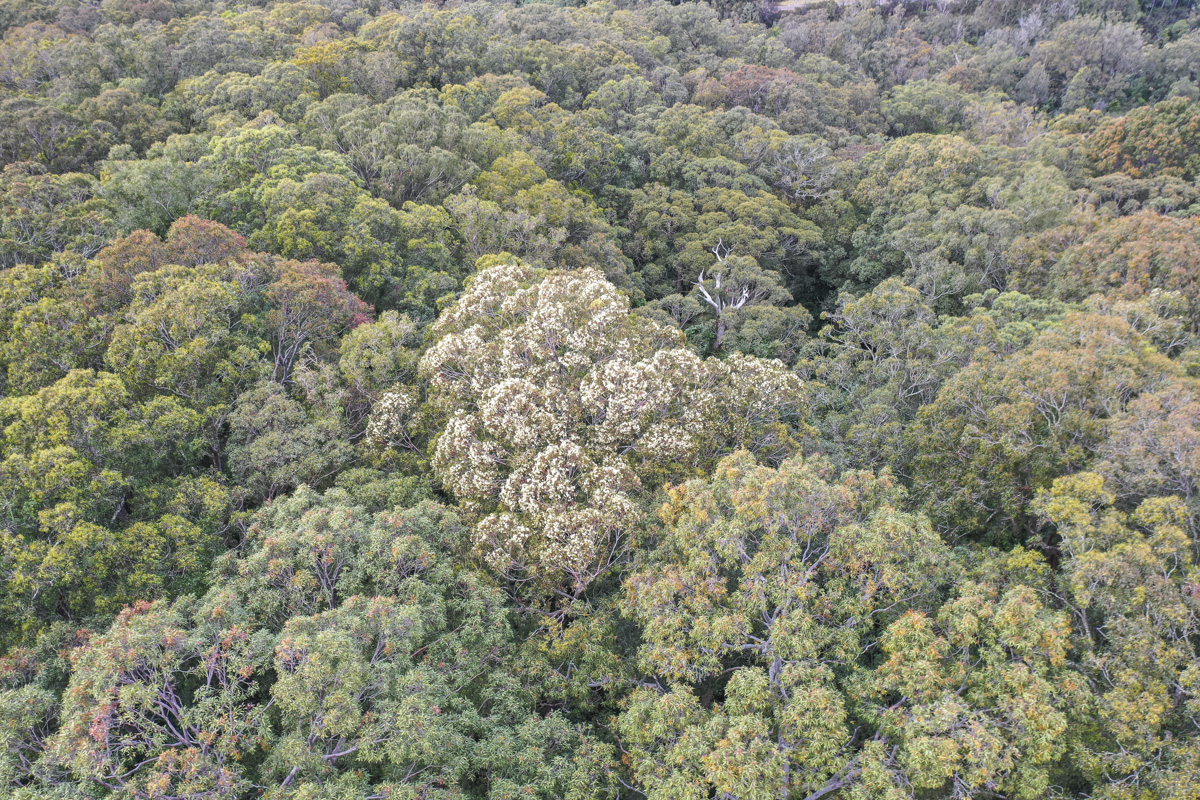
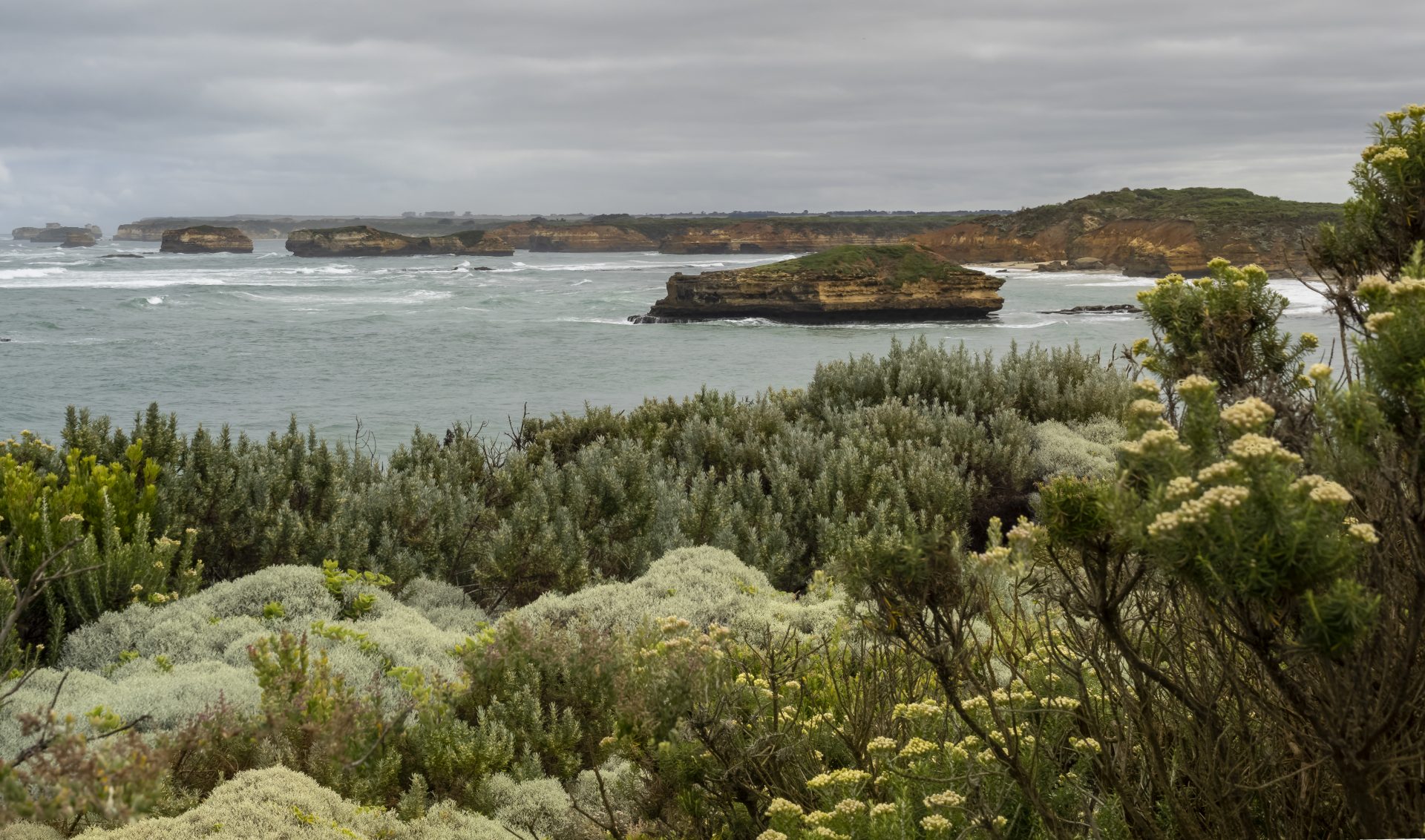

Tip 4: Conserve resources and minimise inputs for sustainability
Conserving and recycling water is an obvious principle to follow in creating sustainable native gardens – and can mean collecting your own water rather than relying on town water and recycling grey water. Using mulch on the garden reduces evaporation, adds nutrients as it breaks down keeps roots cool and creates habitat.
Use organic fertilisers in some places while remembering that natives have evolved to suit our conditions. Growing plants outside their normal range means adjustments may be required.
Any time we use herbicides, pesticides or other chemicals, we potentially destroy the delicate balance of nature. Look for ways to minimise such inputs, both to reduce cost as well as minimise damage. Selecting plants that suit the region helps, as does avoiding monocultures.
Tip 5: Get rid of weedy plants
Nearly all Australia’s most rampant weeds are escaped garden plants. These include prickly pear, lantana, scotch thistle – the list goes on. Wherever you can, get rid of those plants that can turn into weeds particularly if you live close to the bush.
Remove weeds like Agapanthas, Black-eyed Susan, Lantana and Ochna.
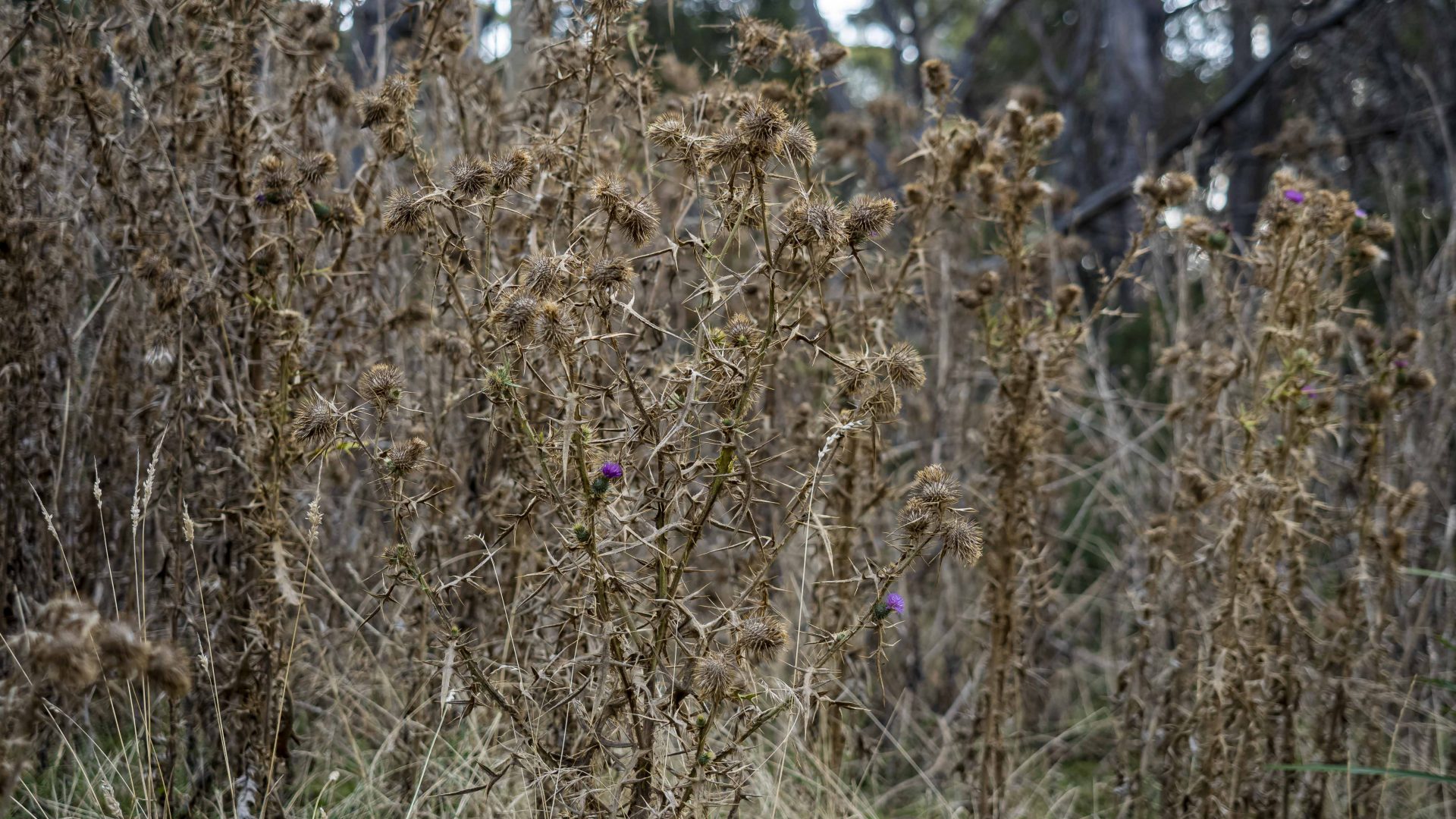
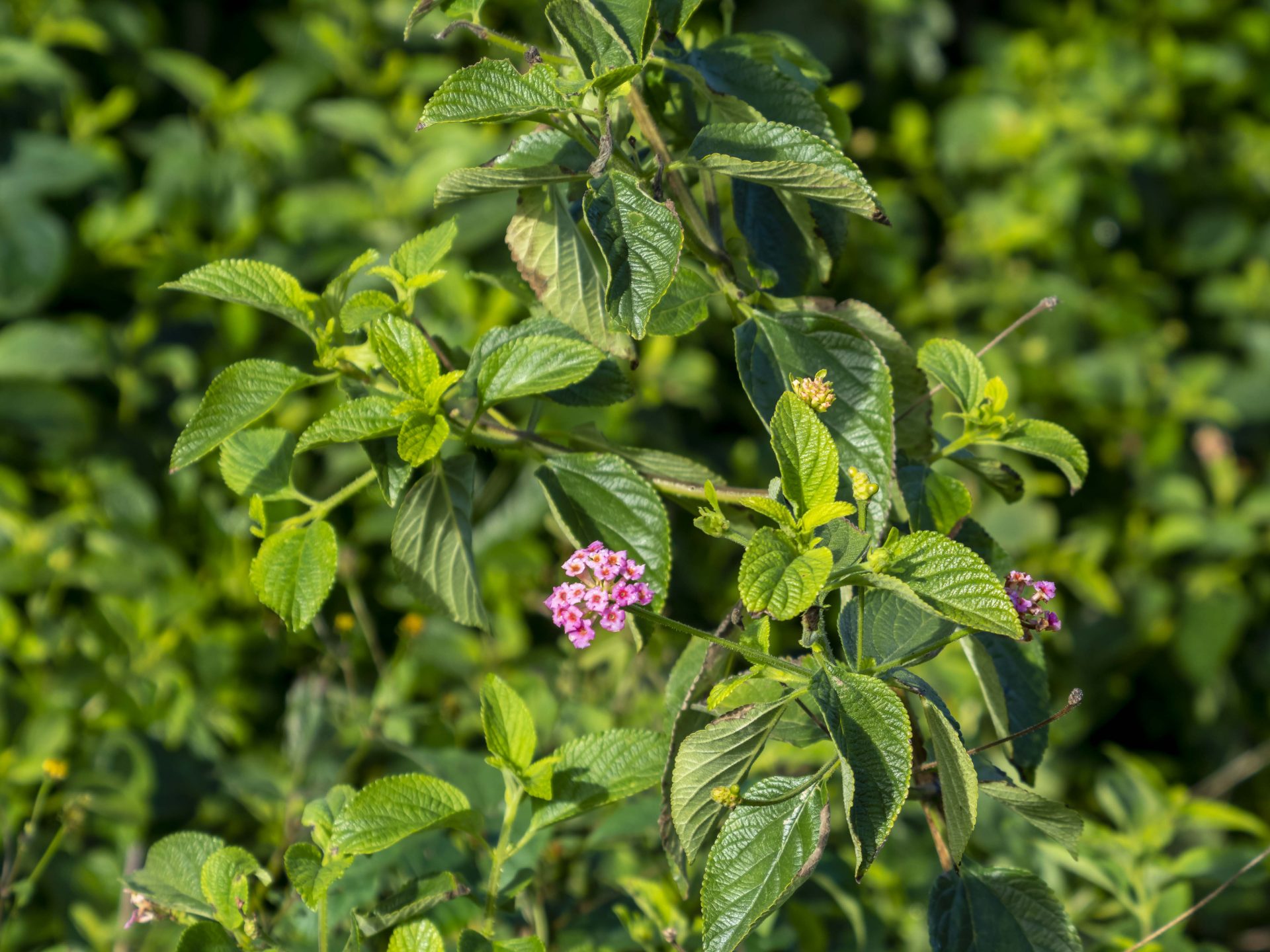
Tip 6: Be prepared to experiment to create sustainability!
Many native plants have only been in cultivation for 30 to 40 years – not hundreds of years like some exotics. Tolerances and growth rates are not fully known. It also means there is high genetic variability, which is good given climate change will test plants’ resilience.
It means being prepared to have a few plants die and keep going.
You don’t have to pull out all your existing exotic plants – but over time, a steady transition to native plants will do a lot to help preserve our beautiful nature flora and fauna.
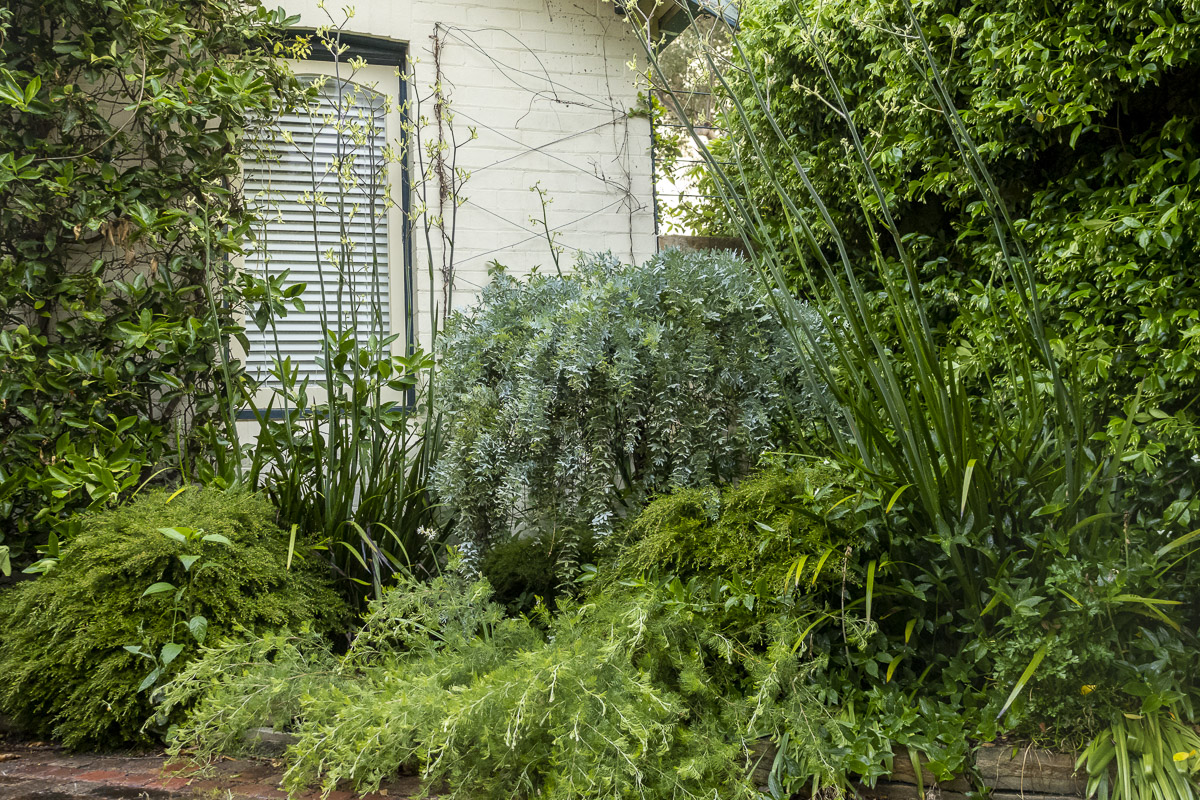
You can get more information about what plants will work, by going to the Australian Native Plants Society NSW Plant Database at https://resources.austplants.com.au/plant-database/. There are over 1000 profiles available.
Other states have similar plant databases.
Happy gardening as you create a sustainable native garden.
 Australian Native Plants Society (Australia)
Australian Native Plants Society (Australia)